Apple MacBook Air 2020 review: the best Mac laptop for most people
The MacBook Air 2020 makes Apple's cheapest laptop even cheaper, and fixes its biggest flaw

The Apple MacBook Air 2020 is an excellent thin-and-light laptop, and this price cut makes it great value. Apple has fixed its key flaws, leaving only minor gripes behind.
-
+
Very fast for general use
-
+
Great new keyboard
-
+
Stronger processor and graphics
-
+
More storage than previous models
-
-
Poor webcam
-
-
Dual-core power won't be enough for some
-
-
Battery life is pretty average
Why you can trust T3

Welcome to T3's Apple MacBook Air 2020 review. After its resurrection a few years ago, the MacBook Air has reclaimed its throne as Apple's cheapest laptop, but this new version drives home that price isn't everything anyway.
The new MacBook Air is also simply one of the most useable laptops you can buy, and nails the core stuff that makes a laptop a comfortable, reliable companion that looks, sounds and feels good for all your tasks, and is ready to go whenever you are.
It's not perfect – we'll come to our (fairly minor) grievances – but the overall balance here is spot on for a machine that's suited to work or as a family computer.
• The best monitors for MacBook Pro (and Air)
• The best lightweight laptops
• The best student laptops
• The best laptops of all kinds
MacBook Air 2020 review: Price and features
The MacBook Air 2020 starts from £999/$999, which is the model we're testing for this review. That's a bit of a price drop compared to the previous versions, but nothing has been cut for that – in fact there's been an assortment of upgrades.
The £999/$999 model includes a dual-core 10th-gen Intel processor that's slightly faster than previous Airs, and includes 256GB of storage instead of the 128GB that the last Air came with. The new processor also means a graphics upgrade, with Intel's Iris Plus giving a big boost over what was on offer before, which is handy for games or some creative apps.
There is another model, which costs £1,299/$1,299. This gives you a quad-core processor instead of dual-core, and doubles the storage to 512GB – it's a well-priced upgrade overall, if you've got the extra cash to spend.
You can also configure it with even more storage (up to 2TB, in fact) or tweak the processor further. If you choose the £999/$999 version, you can actually upgrade the processor to the quad-core for just £100 more, which is a great upgrade if you don't want to spend the full amount for the higher model.
Both machines come with 8GB of RAM, which is fine for standard use, but if you want to really future proof it, or plan to work with very large documents, stepping up to 16GB (the maximum) would be a safe plan – it's an expensive upgrade, but you can't add more RAM after you've purchased, so choose wisely.
One good option for those who aren't worried about storage is to choose the base £999/$999 version, then to customise it to choose the quad-core processor upgrade and the 16GB RAM upgrade. This will take you to £1,299/$1,299 – the same as the upper-tier model, but you've swapped the storage upgrade for the RAM upgrade.
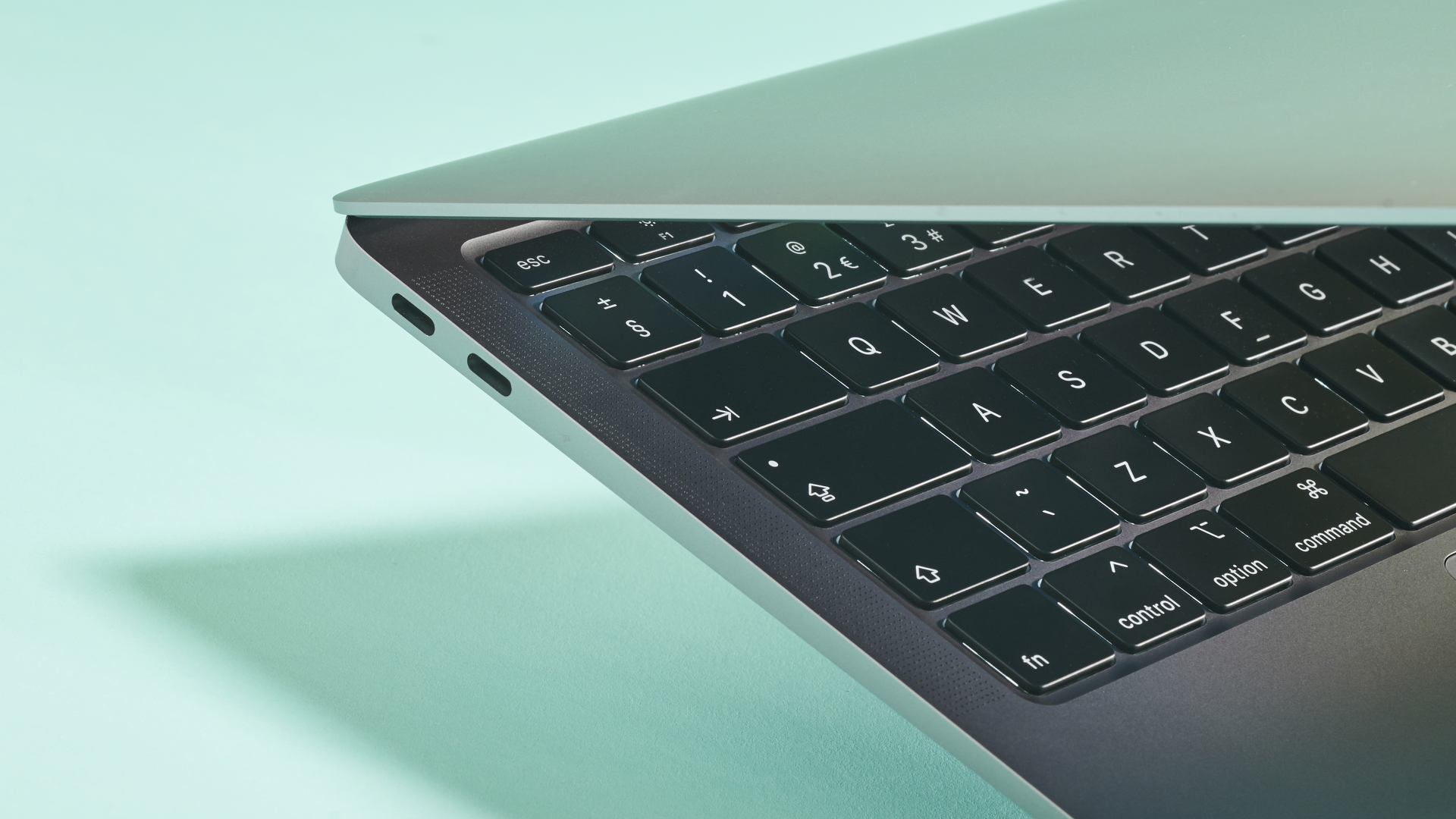
The MacBook Air 2020 has a 13-inch Retina display, which is paired with impressive stereo speakers that are much better than average, and give a good sense of audio separation when you're watching something on it.
There are two Thunderbolt 3 ports, which also double as USB-C ports – plus a 3.5mm headphone jack.
The only change in the external design in this machine is also maybe the most important update to the whole machine: the new keyboard. Apple has moved from its divisive (and reportedly unreliable) 'Butterfly' keyboard to the new 'Magic Keyboard' that debuted on the 16-inch MacBook Pro. We'll cover exactly what that means later, but basically it's removed the only major caveat we had about recommending the MacBook Air whole-heartedly. So that's good.
You've also got a lovely big trackpad, as with all Apple machines. And there's fingerprint recognition for easily unlocking it.
The MacBook Air comes in Space Grey, Silver and Gold (which is the best colour).
It retains its distinctive wedge shape, and is 0.41mm thick at its thinnest point, and 1.61cm thick at its thickest. While this gives it less volume, and a thinner feeling than the 13-inch MacBook Pro, it's actually a tad chunkier at that thickest point, surprisingly.
It weighs 1.29kg (2.8lbs), which again is only a tad less than the 1.37kg (3.02lbs) of the 13-inch MacBook Pro.
We don't point this out to undermine the Air's svelte-ness – we're just saying not to assume that the Air is automatically much thinner and lighter than the MacBook Pro if you're comparing the two.
• MacBook Air 2020 vs MacBook Pro
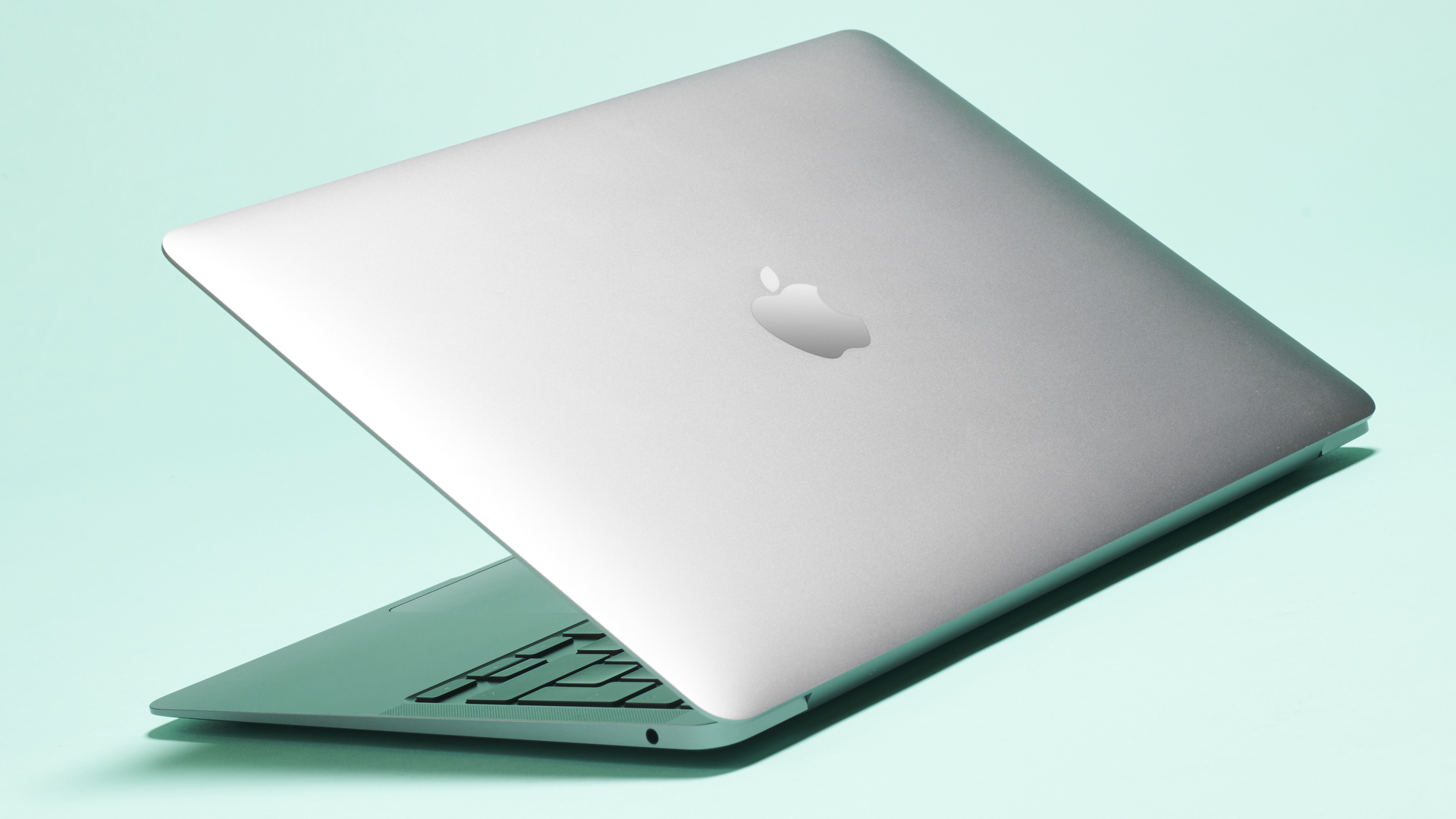
MacBook Air 2020 review: Performance
MacBook Air 2020 GeekBench 5 scores
CPU single-core: 1098
CPU multi-core: 2348
GPU Metal: 5726
GPU OpenCL: 5736
The MacBook Air 2020's processor is an Intel Core i3 dual-core chip, running at 1.1GHz. This doesn't make it sound like a speed-demon… and it isn't. But it is plenty fast enough for average use, and because it's a new-gen chip, it gets more than respectable scores in benchmarks.
The most important element of performance for general computer use is single-core speed, since not that many tasks actually use all of your computer's cores at once.
Intel's Turbo Boost tech means that the vast majority of laptops are all roughly as fast as each other for this, so the MacBook Air matches up perfectly well in this regard. It feels more than fast enough in real life too for work such as document editing, or for light editing of photos and browsing the web.
Part of its snappy performance is down to the extremely fast storage Apple uses, which means that opening apps or files is rapid.
When it comes to multi-core performance – for tasks such as compressing files or video exports – this is clearly a weaker machine, but it still doesn't find itself totally embarrassed by its own quad-core bigger brother. The Geekbench 5 multi-core score of 2348 is around 25-30% slower than the same score for the quad-core version of the new MacBook Air – enough to be worth the £100 upgrade cost in our book, but it's not truly transformative. We'd recommend those who can afford the extra outlay should get the quad-core model for future-proofing's sake, but it's not essential.
When you look at the chips used in the likes of Dell XPS 13 models at the same price as this base-level MacBook Air 2020, they tend to be quad-core, and benchmark at the same level as the quad-core version of the Air. So, while this cheaper Air is slightly behind the curve on performance for multi-core tasks, it's fine for short single-core tasks, which are the vast majority of what people will do on a machine like this. It's only if you plan to have a lot of fairly intensive stuff going on at once you'd need to worry.
Outside of the geeky performance measuring, it also just feels quick in use – partly when opening files, as we mentioned, but also just when turning it on from standby. It comes on immediately, and the fingerprint recognition is instantaneous too, so there's no delay between wanting to use it and actually getting onto the operating system while still keeping secure.
We mentioned that it's had a graphics upgrade too – obviously it's far from a gaming laptop (no Mac is, even the ones that aren't this thin), but you can play games such as Cities: Skylines or a bit of Fortnite smoothly enough.
The graphics chip is also useful for video and photo apps that use its power instead of the processor's, and the benchmarks show a big boost here – around a 50% improvement over the last model.
Finally, battery life here is decent, but not exceptional. Apple says you can get 11 hours out of it, but you'd have to be working really lightly (and with a the screen set fairly dim) to achieve that based on our experience. Six or seven hours of work time was more typical, though it does vary a lot by task – Google Hangouts eats battery a lot faster than just writing does, for example.
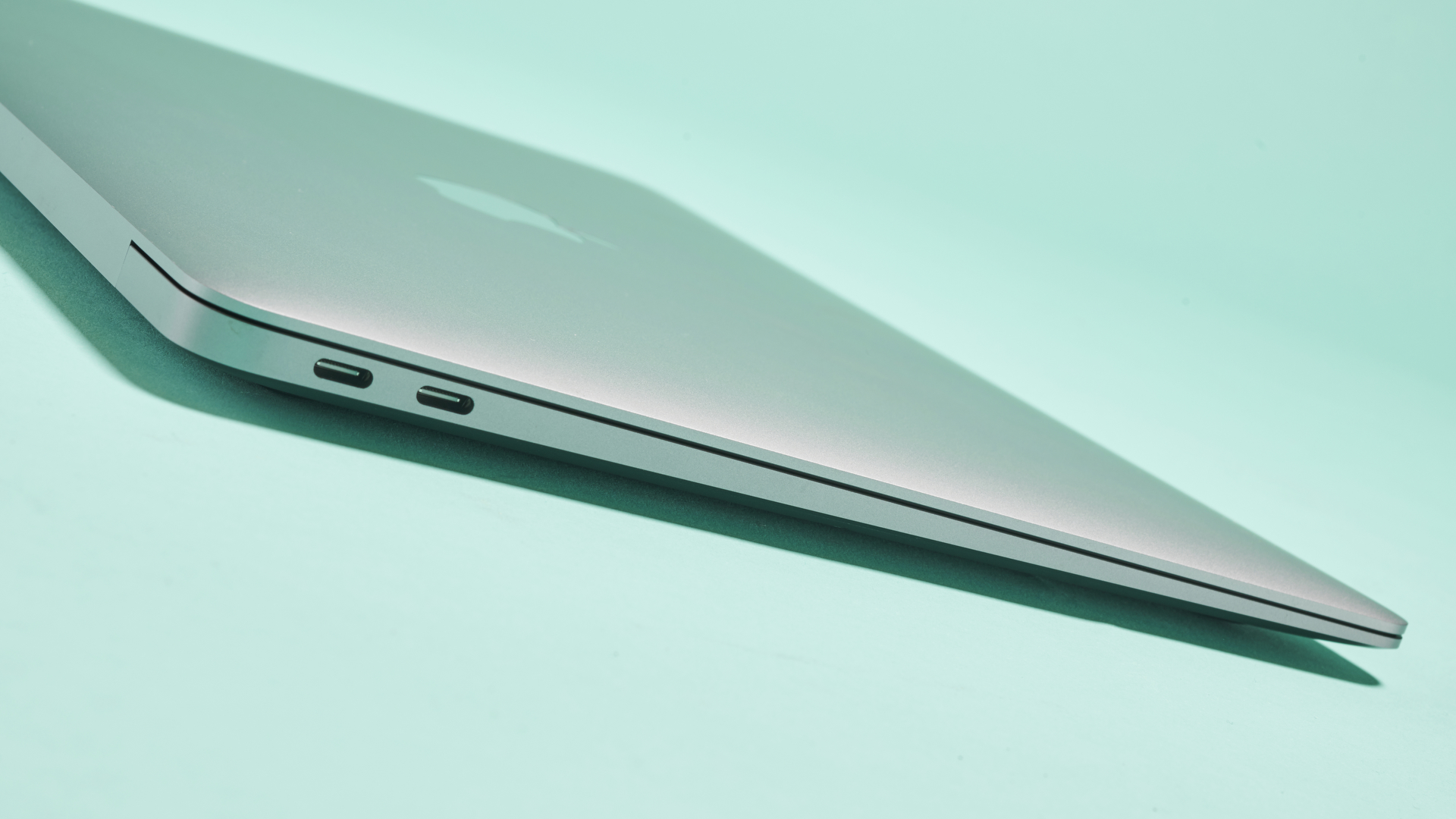
MacBook Air 2020 review: Screen
The MacBook Air 2020's screen hasn't changed from the previous model, which is no problem with us overall. It's a 2560x1600 Retina display, which is impressively high-res compared to the competition at this price, which tend to be Full HD (1920x1080).
We also like that's it's 16:10 rather than 16:9, because the extra height is useful for working on documents or photos.
It looks perfectly sharp from a standard viewing distance, and is bright enough to overcome reflections well (though having a window behind you on a sunny day will still interfere with visibility of whiter areas a little).
It's also pleasingly colourful. The MacBook Pro 13-inch's screen is about 20% brighter, and we do wish this could have that extra vibrancy, but it really isn't a problem – it looks great as is, and colours are highly accurate.
It also doesn't have the wide-gamut P3 colour display that the MacBook Pro has, and since iPhones take photos with this broader range of colours, you are losing just a bit of their realism on this screen, but we doubt you'd notice if we didn't tell you.
Most importantly (in our books), the MacBook Air's screen is equipped with True Tone. This is a feature unique to Apple machines, and it changes the colour balance of the display to match the lighting of the room you're in, so that white on the screen matches what a white piece of paper would look like on the same desk.
It's so much easier on the eyes for working and reading, and is just a quality-of-life upgrade that you won't want to go without once you've tried it. The MacBook Pros and all current iPhones have it, so we're pleased it's on the MacBook Air too.

MacBook Air 2020 review: Usability
The main thing you should know about here is that the backlit keyboard on the new MacBook Air is just excellent.
A few years ago, Apple launched a new keyboard for all of its laptops that was ultra-thin, with keys that had very little travel and were fairly 'clicky' to press.
The feel of these keyboards was very divisive – we didn't mind the feel of typing on them at all, and had no issues with accuracy because they gave plenty of feedback. But some people hated the feel of them.
However, the bigger issue is that these keyboards seem to have reliability issues, failing more often than Apple's keyboard before them. Laptops with these keyboard even come with a special out-of-warranty keyboard repair program.
The last MacBook Air still had one of these keyboards, but this new one doesn't. You've got a new key type with more travel, and a different mechanism that should prove more reliable.
It feels great to type on – we'd prefer a tiny bit more resistance when it reaches its lowest-point, if we're being picky – and it's no problem for accuracy either. The size is also good and doesn't feel cramped.
The keys themselves are quite large, without a big gap between them. We had no issues with mis-hits from this, and because one of Apple's focuses is making the keys feel stable even if you press them at the edges, having the larger keys doesn't make them feel more wobbly.
The MacBook Air doesn't include the Touch Bar strip, which the MacBook Pro models come with. This is a touchscreen panel that replaces the function keys above the keyboard, and it's intended to show contextual controls especially for the app you're in. Not having it isn't a real loss for us – we like the idea of the Touch Bar, but we just don't use it in real life.
The fingerprint scanner is at the top-right of the keyboard, and doubles as the power button. As mentioned before, it works instantly, and is dead easy to set up – a fantastic addition.
The trackpad is an ideal size, and is perfectly responsive to clicks or gestures. Apple hasn't made a bad trackpad in decades, which is one thing we're always grateful for – Windows machines can be really hit and miss about this.
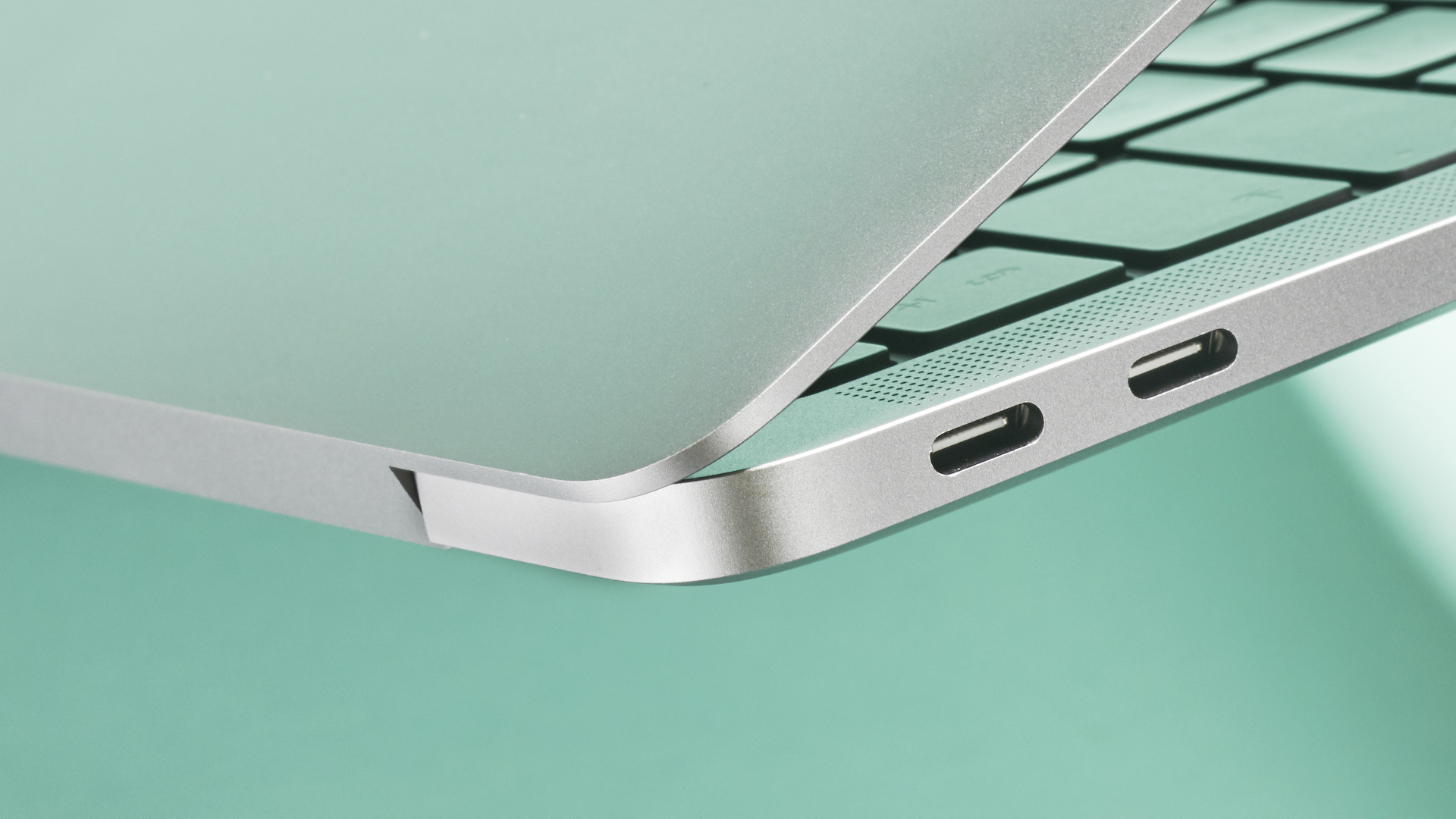
On the left side of the MacBook Air are the two Thunderbolt 3 ports, which are also USB-C connectors. These handle almost everything: power, video output, data transfer. It's a bit of a shame to only have two, and that those two are on the same side (if they were separated, you could plug in the power on either side), but in practice we find this to be a minor gripe. We don't plug anything into the Air that often.
We would like to give a little props to the industrial design around opening and closing the MacBook Air. You can open it one-handed, with the base staying flat on the desk and the top opening exactly as much as you want – the balance of hinge stability and resistance is perfect. It's a little thing, but again isn't always done right, even by those who know how – we also use Apple's 15-inch MacBook Pro, and that's more awkward.
But we need to end on a gripe. Apple has improved the microphones in the MacBook Air for clearer voice chat, which is very welcome in this time of videoconferencing, but the web cam here is an ancient 720p affair. Its quality rapidly degrades in anything but the best light.
It's so strange that having a beautiful premium Mac laptop means you're the person with the muddiest feed on the Zoom call, but here we are.

MacBook Air 2020 review: Verdict
With the new MacBook Air, Apple has dispatched with our two biggest issues of the previous model – the uncertain keyboard and the lack of storage – by improving them both, and then cutting the price as a bonus.
In that regard alone, it's a hugely successful product, and it gets a really strong recommendation from us. It is not only the Mac that best suits most people, it's also one of the best laptop choices overall. The reliability of Apple's hardware (plus its excellent support network) mixed with the speed and solid value of this machine make it an excellent choice for all (unless macOS lacks apps you can't live without).
There are still issues we have – this base level machine doesn't offer much headroom for more hardcore tasks, and the battery life is merely average – but as we mentioned at the start, this gets the feel of a good workhorse laptop just right. You know it will never be a pain to grab and start working, from its hardware to its software, and that's important.
Sign up to the T3 newsletter for smarter living straight to your inbox
Get all the latest news, reviews, deals and buying guides on gorgeous tech, home and active products from the T3 experts
Matt is T3's former AV and Smart Home Editor (UK), master of all things audiovisual, overseeing our TV, speakers and headphones coverage. He also covered smart home products and large appliances, as well as our toys and games articles. He's can explain both what Dolby Vision IQ is and why the Lego you're building doesn't fit together the way the instructions say, so is truly invaluable. Matt has worked for tech publications for over 10 years, in print and online, including running T3's print magazine and launching its most recent redesign. He's also contributed to a huge number of tech and gaming titles over the years. Say hello if you see him roaming the halls at CES, IFA or Toy Fair. Matt now works for our sister title TechRadar.
-
 Blink’s new Outdoor 4 security camera has its best battery life yet
Blink’s new Outdoor 4 security camera has its best battery life yetThe Blink Outdoor 4 is finally available in the UK
By Bethan Girdler-Maslen Published
-
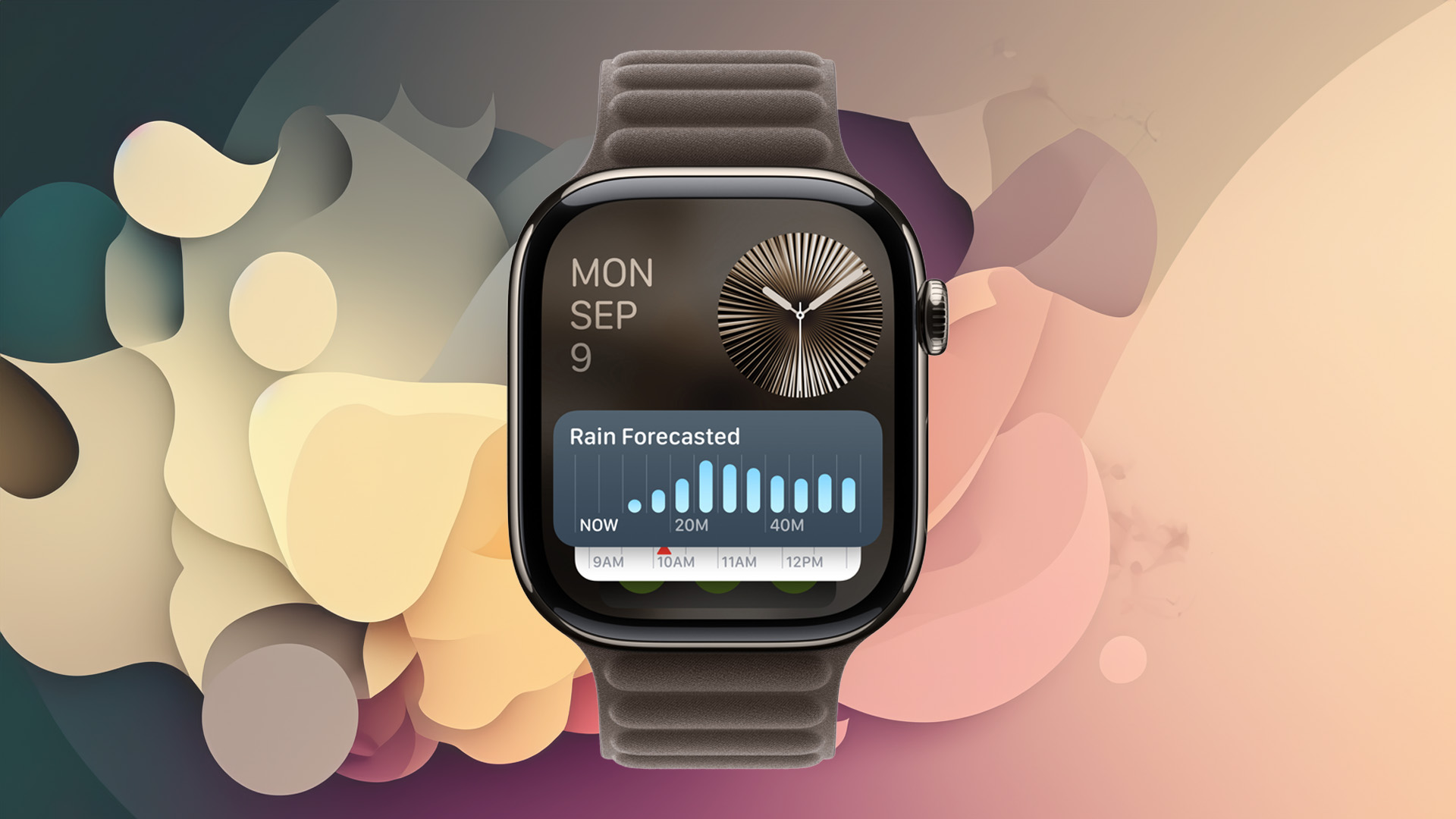 Apple Watch is set to get Apple Intelligence this year, but only with a little help from a friend
Apple Watch is set to get Apple Intelligence this year, but only with a little help from a friendBring on watchOS 12
By Britta O'Boyle Published
-
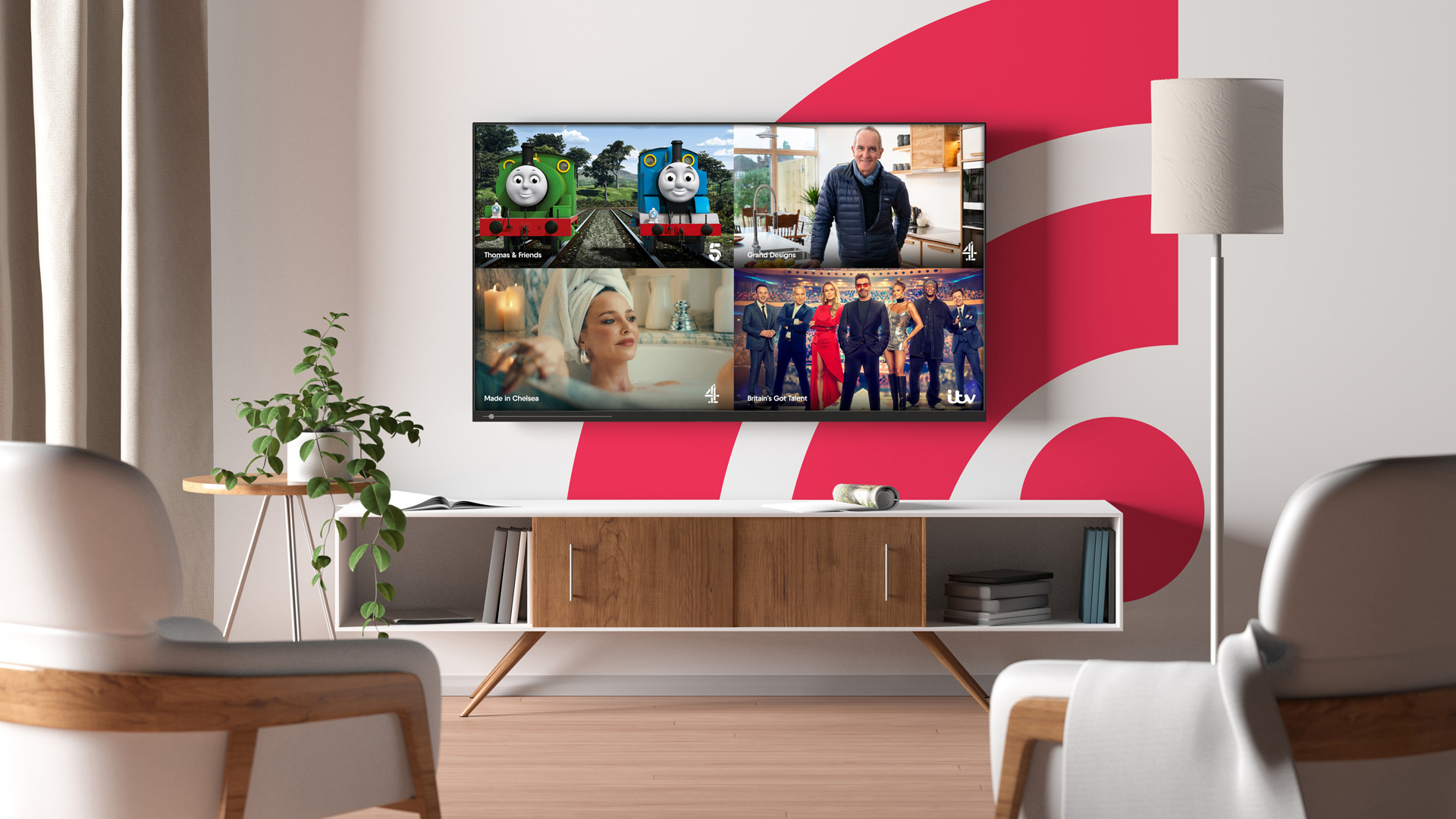 Your Smart TV might be getting 16 new channels for free – here's how to check
Your Smart TV might be getting 16 new channels for free – here's how to checkTVs with Freely will be able to stream a host of new channels "in the coming month"
By Rik Henderson Published